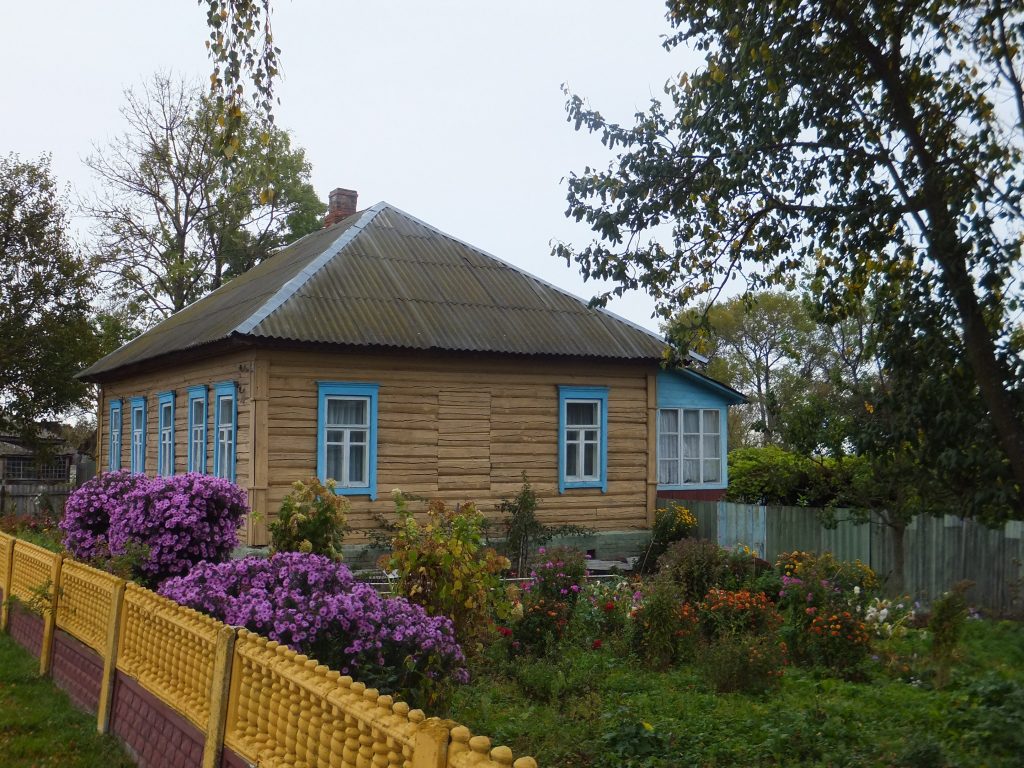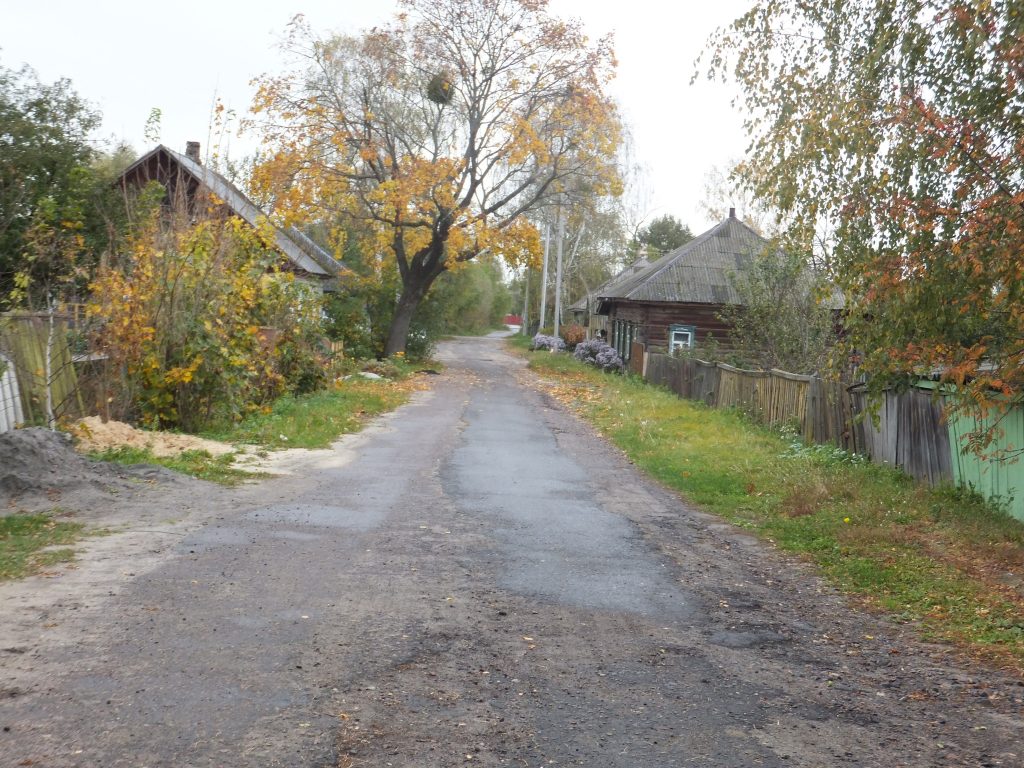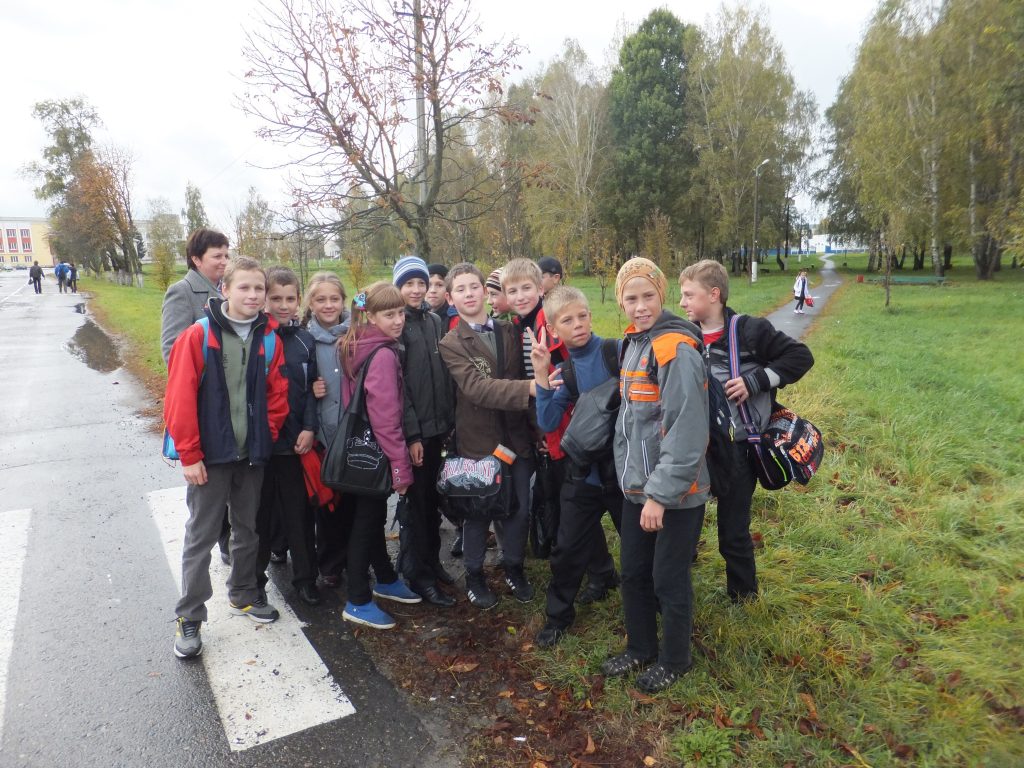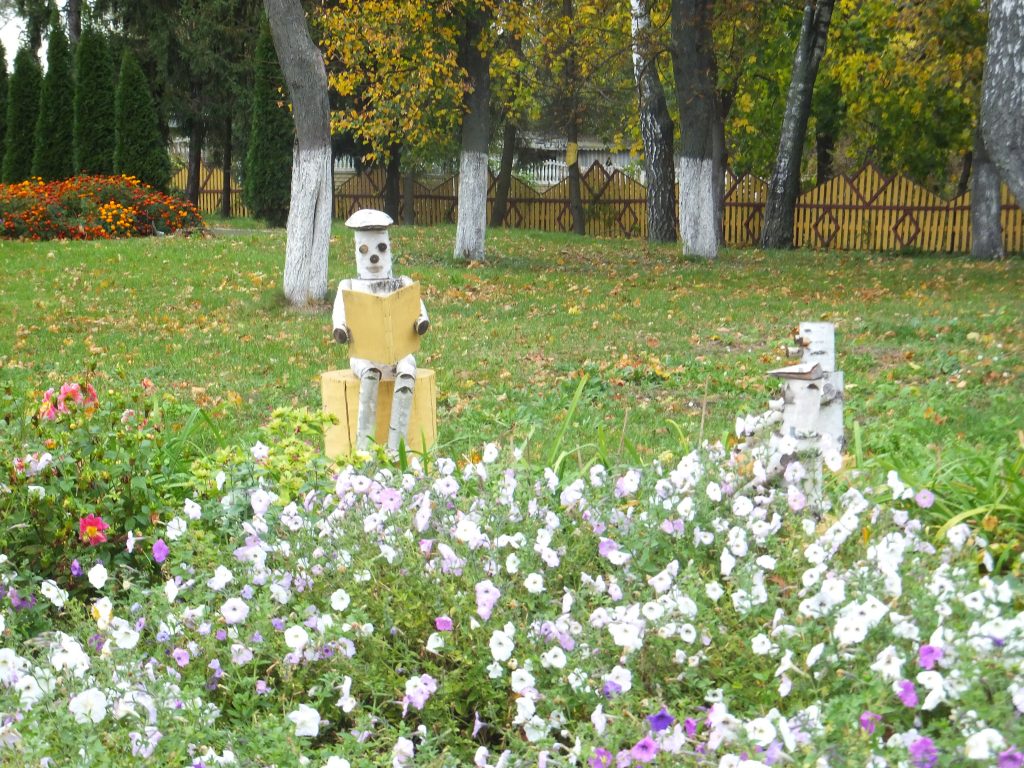by Ryoko Ando
translated by Tazuko Arai
The root of our Dialogue meeting is in Belarus, after the Chernobyl accident. In the Fukushima Dialogue held in August 2019, Jacques Lochard explained it like this.(1)
(1) Lochard, Jack. (2019, August 4). Opening address at Fukushima Dialogue. [Opening speech]. Fukushima Dialogue, Fukushima, Japan. https://drive.google.com/file/d/1IsyFikepmNU5OBJcFo-2PDrb-QY22AFe/view
As you know, the roots of the Dialogue lie in the contaminated territories of Belarus after the Chernobyl accident. It was in the context of the so-called Ethos Project in the early nineties that the adventure started before continuing here in Fukushima.
It has been a long path strewn with doubts and even obstacles, sometimes with delicate decisions on the direction to take. This path was made by walking to use the words of the Spanish poet Antonio Machado. And what animated those who have travelled this path in its totality, as those who have travelled only a part of it, it is faith in man. I sincerely believe that what brings us together again today is this faith in humanity, which is indestructible.
How was it like in the areas devastated by the Chernobyl accident? A paper called “Stress in accident and post-accident management at Chernobyl(2)” is a good starting point. It was written by two French men, a psychoanalyst, and a researcher from a private company. They visited the affected areas in Ukraine and Belarus in an EU-funded project to conduct interviews of the residents in the afflicted region. They witnessed an extraordinarily complex situation that had to be navigated by the people living in the areas affected by the nuclear power accident. The paper explains the circumstances in detail, of which the gist is introduced here.
(2) Girard, Philippe & Dubreuil, Gilles H. (1996). Stress in accident and post-accident management at Chernobyl. Journal of Radiological Protection, Volume 16, Number 3, 167. Retrieved from: https://iopscience.iop.org/article/10.1088/0952-4746/16/3/003/pdf

First, the authors point out that these people were forced to live in an environment with high stress. One of the authors is a psychoanalyst, and he uses stress differently from its more common use. It is not just a state of mental tension but a psychiatric concept that includes biochemical and neurophysiological responses. The authors then start to consider why such a stressful situation was created in these affected areas.
The authors first reject the notion of radiophobia. Radiophobia is a term which the Soviet government and its scientists started using in the early days, just a few months after the Chernobyl accident. Similarly, the term was frequently used in Japan after the nuclear power accident. You may remember it being used.
The reaction of people who feared radiation and were confused seemed too irrational to the Soviet government and its scientists. When they could not come up with an adequate response, they determined that the residents had radiophobia and were mentally troubled. The authors strongly criticize this attitude.
The term “phobia” was originally a psychiatric term with a clear definition, which referred to a certain type of syndrome. It was used to describe someone having a groundless and irrational fear of a harmless thing or situation. A person with a phobia is familiar with the thing or situation and is aware that it is not dangerous. Even so, the person is seized with an abnormally strong fear, sometimes together with somatic symptoms such as dizziness, lack of insomnia, and breathlessness. This is the original definition of phobia.

How about radiation, then? The effect of radiation is said to depend on the quantity of radioactive material involved, but radiation is not something we generally consider harmless. In the case of a nuclear accident, radioactive material suddenly invades the environment of the people living in the affected areas. The residents are totally unfamiliar with such situation. They are anxious about the harm radiation may cause. Hence, it is different from the case of phobia where people understand that the subject is essentially harmless, like in the case of acrophobia (fear of heights) or aerophobia (fear of flying).
If so, labeling the residents’ attitude as a phobia is completely inappropriate given its proper definition. It should be considered as a rational concern or worry about radiation and not a phobia. The interviews with the residents in the Chernobyl-afflicted areas show that they had legitimate reasons to fear radiation. They gave logical explanations about the worries they had for environmental pollution and radiation’s effects on themselves and their families. In fact, the authors did not find any pathological fear that was irrational and uncontrollable. This conclusion was made as an expert of psychiatry.
In 1991, five years after the Chernobyl accident, the concept of radiophobia became unfashionable among the experts. They started using stress as the major explanation for the residents’ reaction. However, the fact that the authorities and the experts used the label “radiophobia” for the legitimate concerns of the affected residents left a huge negative consequence. It is because that this meant they were denouncing the residents’ anxiety as something groundless, not backed by actual, physical concerns.
How would you feel if the authorities and the experts determined that your concern was a mental condition, ignoring the reasons why you had such concern to begin with? Most people are likely offended and upset and develop a mistrust for the authorities and the experts. This is what happened in the areas affected by the Chernobyl accident. And, in turn, such situation added on to the stress, creating a negative cycle.
Radiation was something unknown to the residents. They needed the help of the experts to respond to the crisis. However, they could not trust the very people who could offer practical advice. This was a very unhappy result.

The authors also discuss other factors that added to the stress, rooted in the social and cultural situation before the accident. Soviet Union was a socialist country with planned economy at the time of the accident. The state controlled all social initiatives, and the society was supposed to work according to its plan. The entire nation―both the authorities and the public-were proud that their society was grounded on scientific technology. However, the Chernobyl accident toppled everything. In other words, the value system that formed the basis of the society was nullified by the accident.
Furthermore, the Soviet government initially tried to hide that any accident had occurred in Chernobyl. However, even in the absence of an official announcement, some people in the neighboring areas had already seen the accident with their own eyes. Others had learned of the emergency from their families or friends who worked at the plant. The authorities tried to calm the residents by downplaying the damages from the accident. The information and the responses announced were vastly different from the information the residents had received. The discrepancy led to the loss of any remaining trust of the authorities.
The paper points out that a double-bind situation led to the residents’ sense of powerlessness. For example, after a nuclear power accident, the residents are not only exposed to radiation but also become a test subject of the government to measure radiation. In this situation, they rely on the authorities in charge as someone with expertise and ask, “Can you tell us if radiation is harmful? Is there risk for us?”
The question, whether there is any risk or not, is extremely tricky to answer. If you take it literally as a “yes/no” question, the answer has to be yes even for an infinitesimally small quantity of radiation. The residents were thrown into a murky, ambiguous situation that may be described as: there is risk but it does not pose a threat, there is no risk but there may be potential concern, the situation is worrisome but there is no risk, or people should not worry but take caution against risk, etc. Lack of a firm answer led to a feeling of anxiety, of not knowing what can/should be done, which then caused despair that nothing can be done. This sense of powerlessness divided people and drove them into two extreme camps; the doomsayer who believed that everything was lost, and the Pollyanna who chose to stop thinking.
Torn between unthinking optimism and bleak pessimism, it became extremely difficult to discuss about the reality in front of everyone. The accident caused a cataclysmic change to the society. Although it could not be seen, its effect could be felt by the loss of trust in what the people had counted on, such as the authorities, the experts, or the pride for a state built on scientific technology. And the processes that they considered normal ceased to work. Such situation means that their shared worldview was broken. The people must have felt that their understanding of everyday situation was completely shattered. It is only natural to wish to reach out to someone, to discuss and exchange opinion on what is happening in order to understand the situation. It is only natural for people to feel this way. However, this became impossible.
The authorities and the experts who were supposed to provide the explanation could not be relied upon to tell the truth. Neither could people discuss the situation with those around them. When people lose trust to the society in such manner, each person becomes isolated like a grain of sand. Because they cannot share even the basic information or circumstances to grasp what is happening, each must rely on information obtained individually to make his or her own decision. The problem is, such decision can seem unfathomable to others who do not share the information.
For example, someone who obtained an information that said, “The radiation level in our village is dangerous,” quietly evacuated their children. Others who did not have the information could not understand the decision. They were upset by the action and felt “Those people moved their children far away for some obscure reason although the situation is safe. But they didn’t even bother to tell us.” This broke their relationship. They wouldn’t be able to talk to each other.

Our society is built to function smoothly because of mutual trust which is usually not observable. When we make a decision, we rely on people whom we can trust instinctively, like, “It should be fine because he said/did so,” or “I am happy following her decision.” This way, we won’t have to confirm every step of the countless decisions we need to make just to get by each day.
It is as if society is a huge apparatus that runs thanks to the vast number of small gears called trust. Once the gears don’t mesh together or start to malfunction, society ceases to operate smoothly. As a result, one’s daily life loses familiarity and comfort. You start to feel like an alien in your home. After the Chernobyl accident, these gears stopped turning smoothly and daily life became a source of stress for the people.
People thrown into such turmoil will have wondered, “How did things come to be as they are today? What can we do from now on?” The only certainty was that an accident occurred in the nuclear power plant, there was radiation in the environment, and this radiation was likely to pose some risk. Thus, the people were left with a shattered society and lives turned upside-down.
